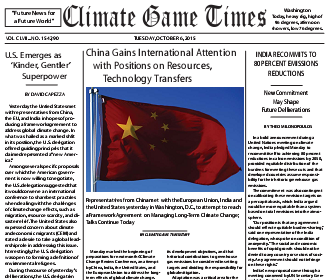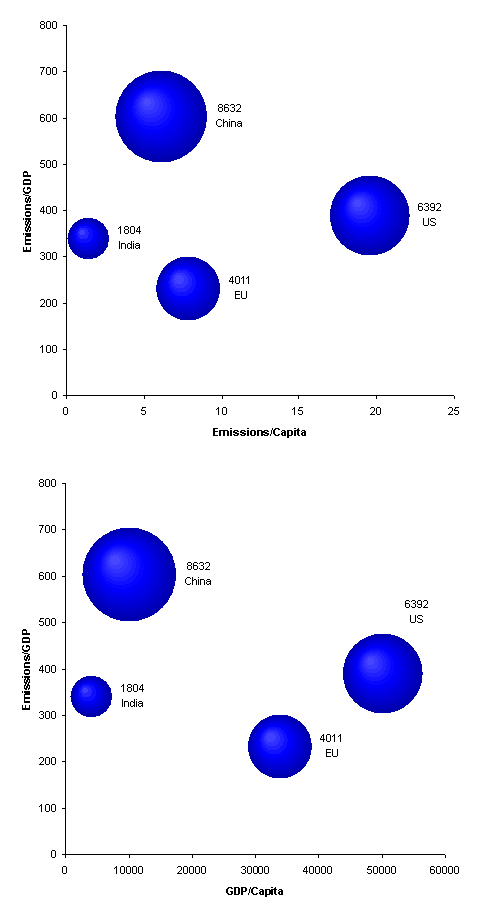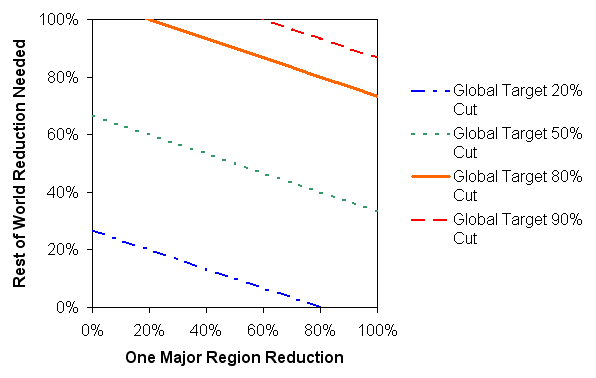This just in from CNAS:
ABC News will air Earth 2100, the prime time documentary for which they filmed the war game, on June 2, 2009, at 9:00 p.m. (EST). You can view a promotional short report on the documentary from ABC News online, and hopefully you will all be able to view it on television or via Internet.
In conjunction with the airing of the documentary, CNAS has made the participant briefing book and materials from the game available online. We encourage other institutions to use and cite these materials to learn about the game and to stage their own scenario exercises. I also hope that they will be useful to you for your own future reference.
Finally, we are posting a short working paper of major findings from the game. While the game did not result in the kind of breakthrough agreements we all would have liked to see, this exercise achieved CNAS’s goals of exploring and highlighting the potential difficulties and opportunities of international cooperation on climate change. I know that everyone took away different observations from the game, however, and I hope that you will share your memories and your own key findings of the event with us, and allow us to post them online as a new section of the report.
Visit the Climate Change War Game webpage to view the CNAS report on major findings and background on developing the 2015 world, the participant briefing book, and materials generated from the game.




